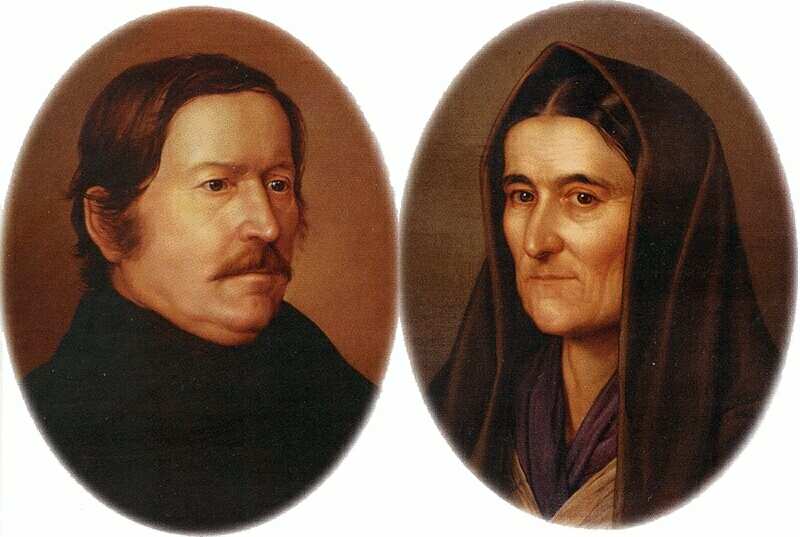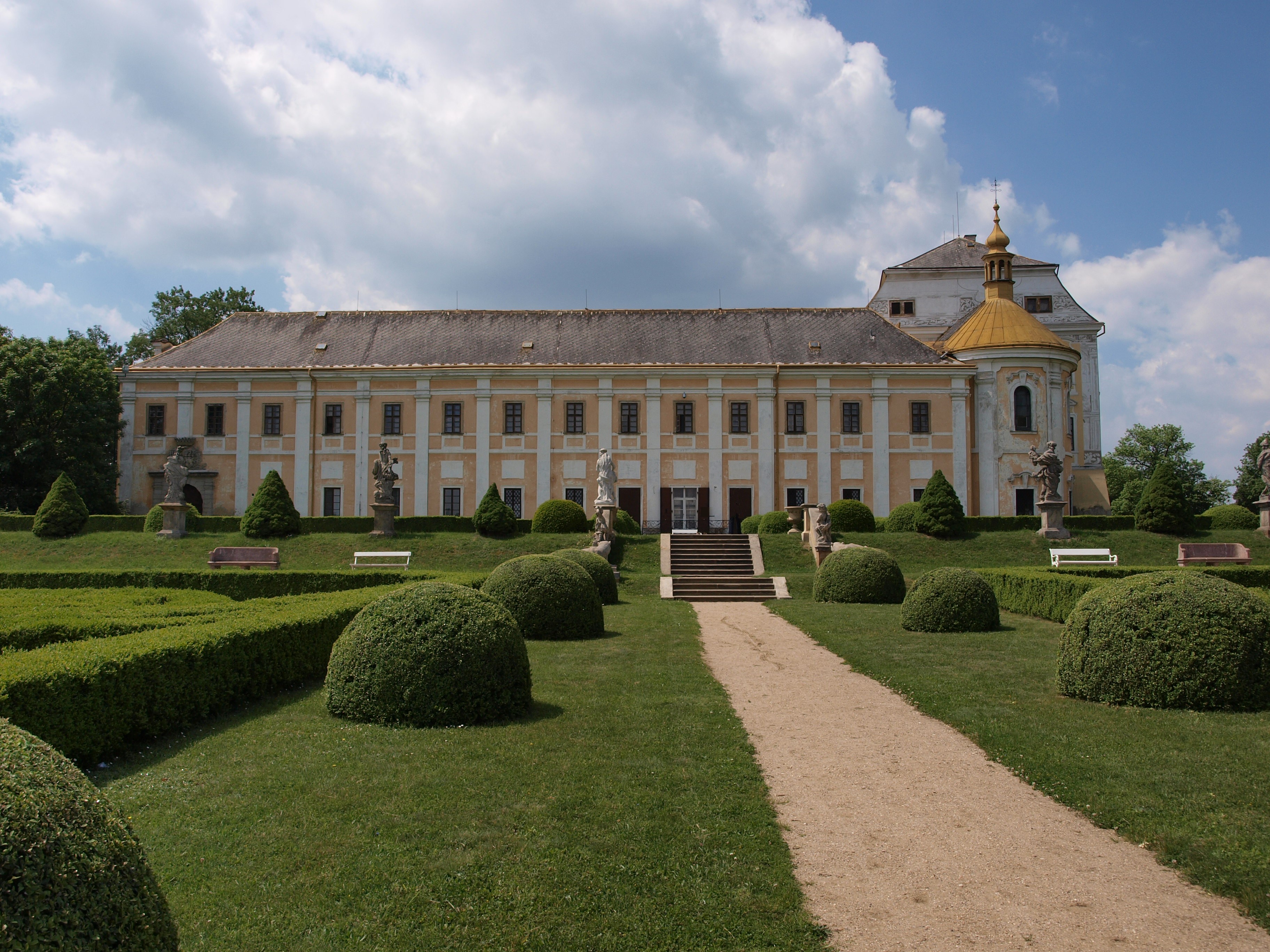|
Park An Der Ilm
The Park an der Ilm (Park on the Ilm, short ''Ilmpark'') is a large '' Landschaftspark'' (landscaped park) in Weimar, Thuringia. It was created in the 18th century, influenced by Johann Wolfgang von Goethe, and has not been changed much, preserving a park of the period. It forms part of the World Heritage Site " Classical Weimar along with other sites across Weimar bearing testimony to the city's historical importance as a cultural hub during the Weimar Classicism movement in the late 18th and 19th centuries". Location The park is located on both banks of the river Ilm for from the ''Schloss'' in the north to the suburb of Oberweimar in the south. The park is part of a much longer greenway along the river, including the park of Schloss Belvedere in the north and the park of Schloss Tiefurt. The ''Park an der Ilm'' is divided into the ''Goethe-Park'' and the ''Dux-Garten''. History Landscaping for the park began in 1778, influenced by Johann Wolfgang von Goethe, in the styl ... [...More Info...] [...Related Items...] OR: [Wikipedia] [Google] [Baidu] |
Tempelherrenhaus, Weimar
Tempelherrenhaus (House of the Templers) was a venue in Park an der Ilm, Weimar, Germany, which emerged in the 18th century. It was ruined during a bombing during the Second World War. History When the Park an der Ilm was developed in the 1780s, the former ''Welsche Garten'' was included in the park. An old greenhouse, the ''Alte Orangerie'', was converted to a romantic lounge in the park for the ducal court. The conversion was based on a design by Johann Friedrich Rudolf Steiner ( de). It is located near the Roman House. It was used for social events, small receptions, exhibitions and concerts. The upper corners of the roof were adorned in 1788 by court sculptor Martin Gottlieb Klauer, who created four wooden life-size sculptures representing Templar knight , colors = White mantle with a red cross , colors_label = Attire , march = , mascot = Two knights riding a single horse , equ ... [...More Info...] [...Related Items...] OR: [Wikipedia] [Google] [Baidu] |
World Heritage Site
A World Heritage Site is a landmark or area with legal protection by an international convention administered by the United Nations Educational, Scientific and Cultural Organization (UNESCO). World Heritage Sites are designated by UNESCO for having cultural, historical, scientific or other form of significance. The sites are judged to contain " cultural and natural heritage around the world considered to be of outstanding value to humanity". To be selected, a World Heritage Site must be a somehow unique landmark which is geographically and historically identifiable and has special cultural or physical significance. For example, World Heritage Sites might be ancient ruins or historical structures, buildings, cities, deserts, forests, islands, lakes, monuments, mountains, or wilderness areas. A World Heritage Site may signify a remarkable accomplishment of humanity, and serve as evidence of our intellectual history on the planet, or it might be a place of great natural beauty. A ... [...More Info...] [...Related Items...] OR: [Wikipedia] [Google] [Baidu] |
English Landscape Garden
The English landscape garden, also called English landscape park or simply the English garden (french: Jardin à l'anglaise, it, Giardino all'inglese, german: Englischer Landschaftsgarten, pt, Jardim inglês, es, Jardín inglés), is a style of "landscape" garden which emerged in England in the early 18th century, and spread across Europe, replacing the more formal, symmetrical French formal garden which had emerged in the 17th century as the principal gardening style of Europe. The English garden presented an idealized view of nature. Created and pioneered by William Kent and others, the “informal” garden style originated as a revolt against the architectural garden and drew inspiration from paintings of landscapes by Salvator Rosa, Claude Lorrain, and Nicolas Poussin.Bris, Michel Le. 1981. ''Romantics and Romanticism.'' Skira/Rizzoli International Publications, Inc. New York 1981. 215 pp. age 17Tomam, Rolf, editor. 2000. ''Neoclassicism and Romanticism: Architecture, ... [...More Info...] [...Related Items...] OR: [Wikipedia] [Google] [Baidu] |
Sándor Petőfi
Sándor Petőfi ( []; né Petrovics; sk, Alexander Petrovič; sr, Александар Петровић; 1 January 1823 – most likely 31 July 1849) was a Hungarian poet of Serbian origin and liberal revolutionary. He is considered Hungary's national poet, and was one of the key figures of the Hungarian Revolution of 1848. He is the author of the ''Nemzeti dal'' (National Song), which is said to have inspired the revolution in the Kingdom of Hungary that grew into a war for independence from the Austrian Empire. It is most likely that he died in the Battle of Segesvár, one of the last battles of the war. Early life Petőfi was born on the New Year's morning of 1823, in the town of Kiskőrös, Kingdom of Hungary. The population of Kiskőrös was predominantly of Slovak origin as a consequence of the Habsburgs' reconstruction policy designed to settle, where possible, non-Hungarians in areas devastated during the Turkish wars. His birth certificate, in Latin, gives his name as ... [...More Info...] [...Related Items...] OR: [Wikipedia] [Google] [Baidu] |
Adam Mickiewicz
Adam Bernard Mickiewicz (; 24 December 179826 November 1855) was a Polish poet, dramatist, essayist, publicist, translator and political activist. He is regarded as national poet in Poland, Lithuania and Belarus. A principal figure in Polish Romanticism, he is one of Poland's "Three Bards" ( pl, Trzej Wieszcze) and is widely regarded as Poland's greatest poet. He is also considered one of the greatest Slavic and European poets and has been dubbed a "Slavic bard". A leading Romantic dramatist, he has been compared in Poland and Europe to Byron and Goethe. He is known chiefly for the poetic drama ''Dziady'' (''Forefathers' Eve'') and the national epic poem '' Pan Tadeusz''. His other influential works include '' Konrad Wallenrod'' and '' Grażyna''. All these served as inspiration for uprisings against the three imperial powers that had partitioned the Polish–Lithuanian Commonwealth out of existence. Mickiewicz was born in the Russian-partitioned territories of the former G ... [...More Info...] [...Related Items...] OR: [Wikipedia] [Google] [Baidu] |
Louis Fürnberg
Louis Fürnberg (24 May 1909 in Jihlava, Moravia – 23 June 1957 in Weimar, East Germany) was a Czechoslovakian-German writer, poet and journalist, composer and diplomat. He wrote the ''Lied der Partei'' ("The Party is always right"), the song that served for years as the official anthem of the East German ruling Socialist Unity Party (SED). Life Fürnberg was born into a German-speaking Jewish family of textile manufacturers in the Moravian city of Iglau (now Jihlava), then part of the Austro-Hungarian Empire. His mother, Berta, died shortly after his birth. His father, Jakob Fürnberg, moved the family when he married for a second time. Thus, Louis Fürnberg spent his childhood and youth in Karlsbad (now Karlovy Vary). His younger brother, Walter Fürnberg, was born in 1913. After the First World War and the dissolution of Austria-Hungary, they became citizens of Czechoslovakia. Fürnberg attended Gymnasium in Karlovy Vary. Following his father's wishes, he began an appren ... [...More Info...] [...Related Items...] OR: [Wikipedia] [Google] [Baidu] |
Deutsche Shakespeare-Gesellschaft
The Deutsche Shakespeare-Gesellschaft (German Shakespeare Society) was founded on the occasion of the 300th birthday of William Shakespeare on 23 April 1864. It was the first scientific and cultural association of its type in Weimar, and is one of the oldest functioning literary societies in the world. References {{Authority control Organisations based in Thuringia Weimar 1864 establishments in Germany Organizations established in 1864 ... [...More Info...] [...Related Items...] OR: [Wikipedia] [Google] [Baidu] |
Otto Lessing (sculptor)
Otto Lessing (24 February 1846 – 22 November 1912) was a prominent German Historicist sculptor whose work largely shaped the appearance of Berlin in the late 19th and early 20th centuries. He was the son of history and landscape painter Carl Friedrich Lessing and the great great nephew of poet Gotthold Ephraim Lessing.Jörg Kuhn: ''Otto Lessing 1846–1912'' (Berlin: Freie Universität, 1994Online summary Lessing created sculpture and decorative architectural elements on the façades and interiors of many important buildings in Germany, such as the Reichstag, Berlin Cathedral and the Reichsgericht (Supreme Court) in Leipzig. In addition to large public contracts, he also designed commercial buildings and residential villas. At the height of his career in 1911, Lessing was appointed to the Senate of the Prussian Academy of Arts and awarded the Pour le Mérite in Science and Arts (german: link=no, Pour le mérite für Wissenschaft und Künste), Germany's highest civili ... [...More Info...] [...Related Items...] OR: [Wikipedia] [Google] [Baidu] |
William Shakespeare
William Shakespeare ( 26 April 1564 – 23 April 1616) was an English playwright, poet and actor. He is widely regarded as the greatest writer in the English language and the world's pre-eminent dramatist. He is often called England's national poet and the " Bard of Avon" (or simply "the Bard"). His extant works, including collaborations, consist of some 39 plays, 154 sonnets, three long narrative poems, and a few other verses, some of uncertain authorship. His plays have been translated into every major living language and are performed more often than those of any other playwright. He remains arguably the most influential writer in the English language, and his works continue to be studied and reinterpreted. Shakespeare was born and raised in Stratford-upon-Avon, Warwickshire. At the age of 18, he married Anne Hathaway, with whom he had three children: Susanna, and twins Hamnet and Judith. Sometime between 1585 and 1592, he began a successful career in London as an ... [...More Info...] [...Related Items...] OR: [Wikipedia] [Google] [Baidu] |
Eduard Petzold
Carl Eduard Adolph Petzold (14 January 1815 – August 1891) was a German landscape gardener. Life Petzold was born in Königswalde (Lubniewice), Brandenburg. As a child, he followed his parents in 1826 to Muskau, visiting the town's school and in 1828 the grammar school at Halle in Prussian Saxony. In 1831, he started working at the Park von Muskau of the Prince Hermann von Pückler-Muskau, who turned out to be of great influence on his later work. 1835-38 he created his first Park at Matzdorf (Silesia). In 1844-52 he received the position of court gardener in Weimar, in 1852-1872 he returned as ''Parkinspector'' to Muskau, and was, in 1852-72, Director of Parks of the Netherlands. He created 174 parks and gardens in Germany, Austria-Hungary, the Netherlands, Poland, Bulgaria, and Turkey.For full information see: Michael Rohde, ''Von Muskau bis Konstantinopel'', 1998. He published frequently on his art, as well as biographical studies of other landscape gardeners, espe ... [...More Info...] [...Related Items...] OR: [Wikipedia] [Google] [Baidu] |
Roman House
In Ancient Rome, the ''domus'' (plural ''domūs'', genitive ''domūs'' or ''domī'') was the type of town house occupied by the upper classes and some wealthy freedmen during the Republican and Imperial eras. It was found in almost all the major cities throughout the Roman territories. The modern English word ''domestic'' comes from Latin ''domesticus'', which is derived from the word ''domus''. The word in modern Slavic languages means "home" and is a cognate of the Latin word, going back to Proto-Indo-European. Along with a ''domus'' in the city, many of the richest families of ancient Rome also owned a separate country house known as a villa. Many chose to live primarily, or even exclusively, in their villas; these homes were generally much grander in scale and on larger acres of land due to more space outside the walled and fortified city. The elite classes of Roman society constructed their residences with elaborate marble decorations, inlaid marble paneling, door jamb ... [...More Info...] [...Related Items...] OR: [Wikipedia] [Google] [Baidu] |

.jpg)





